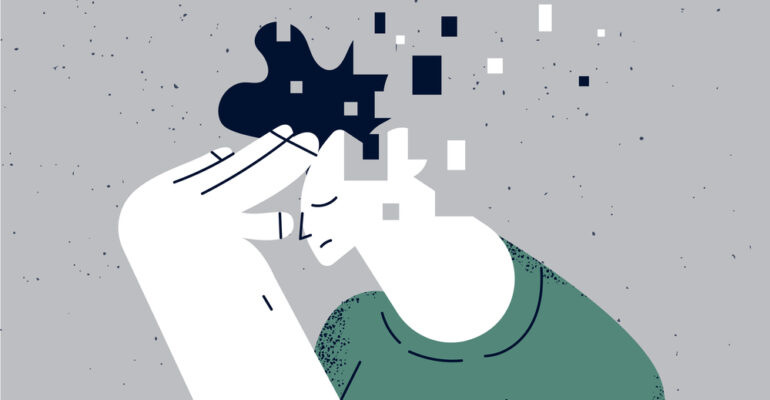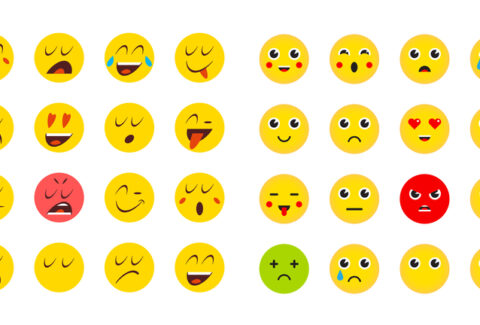Rethinking Therapy Through the Theory of Constructed Emotion: A New Paradigm for Emotional Healing and Regulation

Rethinking Therapy Through the Theory of Constructed Emotion: A New Paradigm for Emotional Healing and Regulation
Abstract
Traditional models of psychotherapy often conceptualize emotions as fixed, reactive states to be regulated or suppressed. The Theory of Constructed Emotion (TCE), however, reframes emotional experience as a product of the brain’s predictive processes, shaped by interoception, conceptual learning, and contextual interpretation. This paradigm shift has profound implications for psychotherapy, suggesting that therapeutic work should focus on helping individuals update predictive models, increase emotional granularity, and enhance interoceptive awareness. This article explores how TCE informs clinical interventions, transforms emotional regulation, and supports client empowerment through meaning reconstruction.
Keywords
Constructed Emotion, Psychotherapy, Emotional Regulation, Emotion Concepts, Predictive Brain, Interoception, Emotional Granularity, Mental Health Treatment
Introduction
Many forms of psychotherapy treat emotions as “things that happen” to people—automatic responses to external stimuli that must be controlled, discharged, or suppressed. This model presumes that emotions are innate, universal, and reactive.
The Theory of Constructed Emotion (TCE), developed by Lisa Feldman Barrett, offers a radically different perspective: emotions are not hardwired reflexes but constructed predictions shaped by bodily sensations, learned concepts, and social context (Barrett, 2017). This theory positions psychotherapy not as a means of controlling emotion but as a process of retraining the brain’s predictions, helping individuals construct new emotional meanings that serve their goals and well-being.
Theoretical Framework
Emotions as Predictive Constructions
In TCE, the brain continuously anticipates future bodily and environmental states to support survival—an allostatic process (Barrett & Simmons, 2015). Emotions emerge when the brain categorizes interoceptive input using culturally and personally learned emotion concepts. These predictions are often implicit but can be brought to awareness and modified through therapeutic engagement.
Emotional Dysregulation as Predictive Inflexibility
Emotional disorders may arise when the brain repeatedly predicts distressing emotional categories (e.g., fear, shame, helplessness) in response to ambiguous or neutral inputs. The result is a mismatch between prediction and environment—a form of predictive rigidity that can be reshaped through therapy (Seth & Friston, 2016).
Application / Analysis
Expanding Emotional Concepts in Therapy
Therapy grounded in TCE encourages clients to:
- Build richer emotional vocabularies
- Differentiate emotional states (emotional granularity)
- Reappraise sensations and interpretations in light of new emotion concepts
Research shows that clients with greater emotional granularity show better emotion regulation and lower incidence of mood disorders (Kashdan et al., 2015).
Enhancing Interoceptive Awareness
Therapists can support clients in attending to internal bodily sensations as a first step toward meaning reconstruction. Techniques include:
- Mindful body scanning
- Somatic tracking (e.g., in trauma therapy)
- Labeling subtle shifts in heartbeat, breath, or muscle tension
Interoceptive training has been shown to reduce symptoms of anxiety, depression, and PTSD (Farb et al., 2015; Khalsa et al., 2018).
Prediction Revision and Narrative Work
Cognitive approaches like CBT can help clients challenge maladaptive predictions by updating core beliefs and narratives. Through conceptual reframing, clients shift their interpretation of sensations from “panic” to “anticipation,” or from “rejection” to “disagreement.” The therapist serves as a co-constructor of new emotional meaning.
Implications
Implications for Mental Health Diagnoses
Diagnostic categories often assume discrete, universal emotions (e.g., “anxiety disorder” or “depression”). TCE suggests these categories are conceptual aggregates and may vary dramatically across individuals. This supports a dimensional and personalized approach to diagnosis and treatment.
Therapeutic Approaches Aligned with TCE
The following modalities already align with core TCE principles:
- Mindfulness-Based Therapies (MBCT, MBSR): Increase interoceptive accuracy and reduce prediction rigidity (Farb et al., 2012)
- Acceptance and Commitment Therapy (ACT): Promotes flexible attention to internal states without judgment
- Emotion-Focused Therapy (EFT): Helps clients differentiate, label, and integrate emotional experiences
- Narrative Therapy: Supports reconstruction of emotional identity through storytelling
Client Empowerment and Neuroplasticity
TCE offers a hopeful, empowering message: you are not stuck with the emotions you’ve always felt. Through conceptual learning, body awareness, and experience, emotional life can be rewritten. This aligns with principles of neuroplasticity—the brain’s lifelong capacity to change.
Conclusion
The Theory of Constructed Emotion transforms psychotherapy from a process of managing fixed emotional reactions to one of constructing new possibilities. By helping clients understand and update their emotional predictions, therapists foster empowerment, resilience, and authentic emotional regulation. Emotion is not what happens to us—it’s what we learn to build.
References
- Barrett, L. F. (2017). How emotions are made: The secret life of the brain. Houghton Mifflin Harcourt.
- Barrett, L. F., & Simmons, W. K. (2015). Interoceptive predictions in the brain. Nature Reviews Neuroscience, 16(7), 419–429. https://doi.org/10.1038/nrn3950
- Farb, N. A. S., Irving, J. A., Anderson, A. K., & Segal, Z. V. (2015). Mindfulness interventions and emotion regulation. In J. J. Gross (Ed.), Handbook of Emotion Regulation (2nd ed., pp. 548–567). Guilford Press.
- Farb, N. A. S., Segal, Z. V., & Anderson, A. K. (2012). Attentional modulation of primary interoceptive and exteroceptive cortices. Cerebral Cortex, 23(1), 114–126. https://doi.org/10.1093/cercor/bhr385
- Kashdan, T. B., Barrett, L. F., & McKnight, P. E. (2015). Unpacking emotion differentiation: Transforming unpleasant experience by perceiving distinctions in negativity. Current Directions in Psychological Science, 24(1), 10–16. https://doi.org/10.1177/0963721414550708
- Khalsa, S. S., Adolphs, R., Cameron, O. G., Critchley, H. D., Davenport, P. W., Feinstein, J. S., … & Paulus, M. P. (2018). Interoception and mental health: A roadmap. Biological Psychiatry: Cognitive Neuroscience and Neuroimaging, 3(6), 501–513. https://doi.org/10.1016/j.bpsc.2017.12.004
- Seth, A. K., & Friston, K. J. (2016). Active interoceptive inference and the emotional brain. Philosophical Transactions of the Royal Society B: Biological Sciences, 371(1708), 20160007. https://doi.org/10.1098/rstb.2016.0007
Download the scholarly version of this article by clicking HERE








